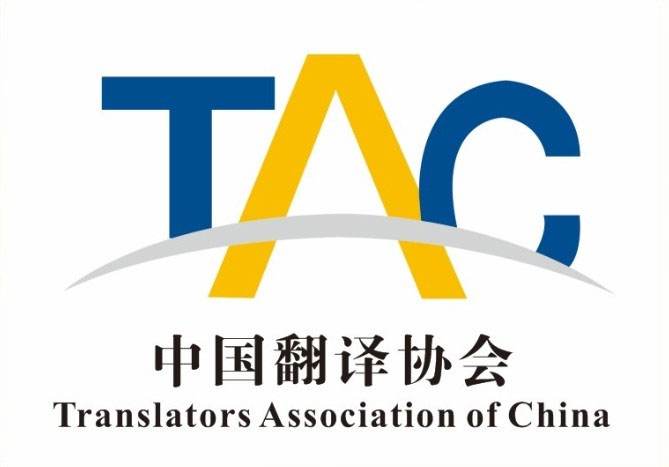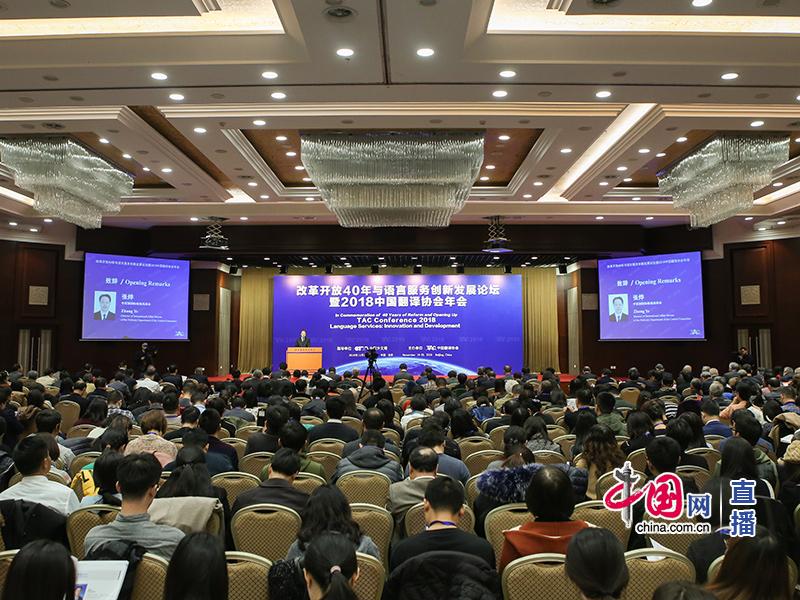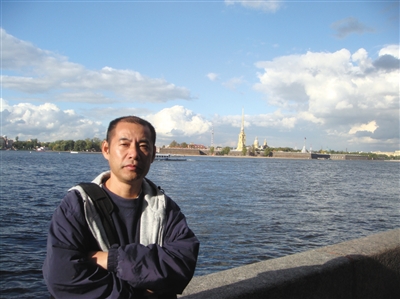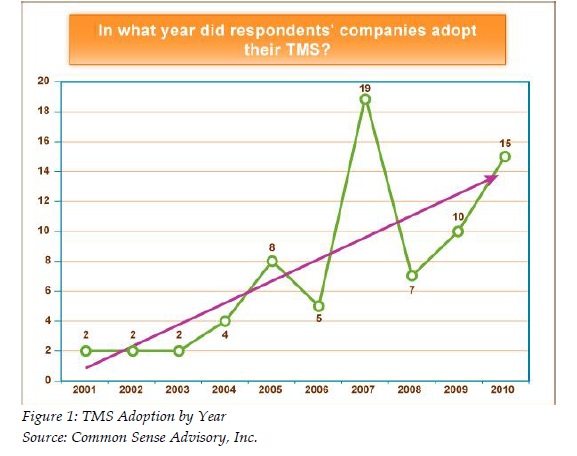Washington, 14 June 2001 (RFE/RL) — Two out of every three children around the world are now being raised to speak two or more languages, a pattern that simultaneously may promote greater international cooperation but also challenges some longstanding assumptions about the relationship between language and identity.
The United Nations released a study last week which found that 66 percent of the world”s children are now bilingual or even multilingual, a dramatic increase over the last century. In the past, bilingualism generally was a stage in the process whereby one group assimilated into another.
But the UN report suggests that something new may be involved now. Increasingly, it said, people are learning as a second language not the language of the dominant community in their own country but rather a language spoken in a foreign country.
Not surprisingly, ever more people around the world are choosing to train their children in English, which at present is the most widely used language on the Internet and for international business. Indeed, according to the UN report, more people now speak English as a second language — some 350 million — than speak it as a first language — only 322 million.
And this shift to English internationally has encouraged many native English speakers to assume that they need learn only their own language. In the United States, that assumption is especially widespread: There, only 6.3 percent of the population speaks more than one language, a figure far lower than in most other countries around the world.
But English is far from the only language people around the world are choosing to learn as a second one. Many people are turning to Chinese, Spanish, Arabic, or Russian. These languages currently occupy a regional niche, but they may ultimately become world languages much in the same way that French was a century ago or that English is today.
These trends are likely to have a significant impact on how people identify themselves and how they view others. Many analysts now argue, for example, that the loss of language may lead to a loss of identity and that a shift to a second language may promote greater international understanding and cooperation. And they thus project that an expansion of bilingualism will lead to a diminution of national identifications.
That was the assumption behind the language policy pursued by the Soviet government, and there have certainly been cases where these assumptions have been true. But there have been even more cases where the reverse has been the case.
The Irish, for example, became significantly more nationally self-conscious after they stopped speaking Gaelic and began speaking English. And many of the national movements in the former Soviet Union routinely used Russian as well as their national languages to promote their own national goals. Consequently, it is far from certain that bilingualism will inevitably lead to the kind of integration many now believe.
But the rising rates of bilingualism now may point to even more dramatic changes. They may lead to a decoupling of language and national identity more generally. If that happens, then other factors, such as religion, residence, or class, may come to define how people see themselves and whom they see as their friends or opponents. And consequently, the rise of broader linguistic communities as the result of bilingualism could presage more divisions rather than fewer.
The United Nations report ends on an upbeat note, suggesting that the spread of second languages will allow more international conversations. But past history suggests that at least some of these conversations may lead not to agreement but to new arguments not only over language but over other issues as well. ( By Paul Goble )















